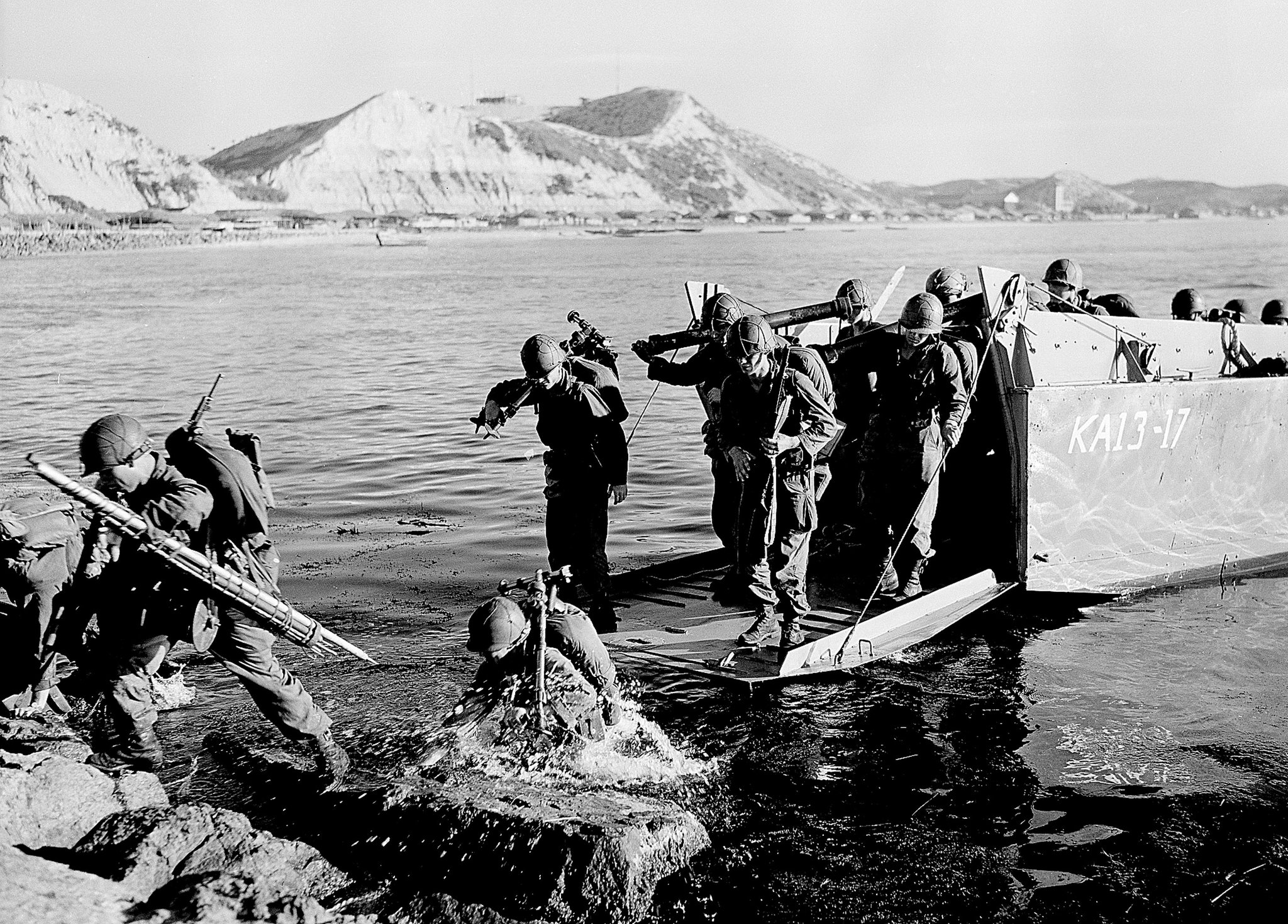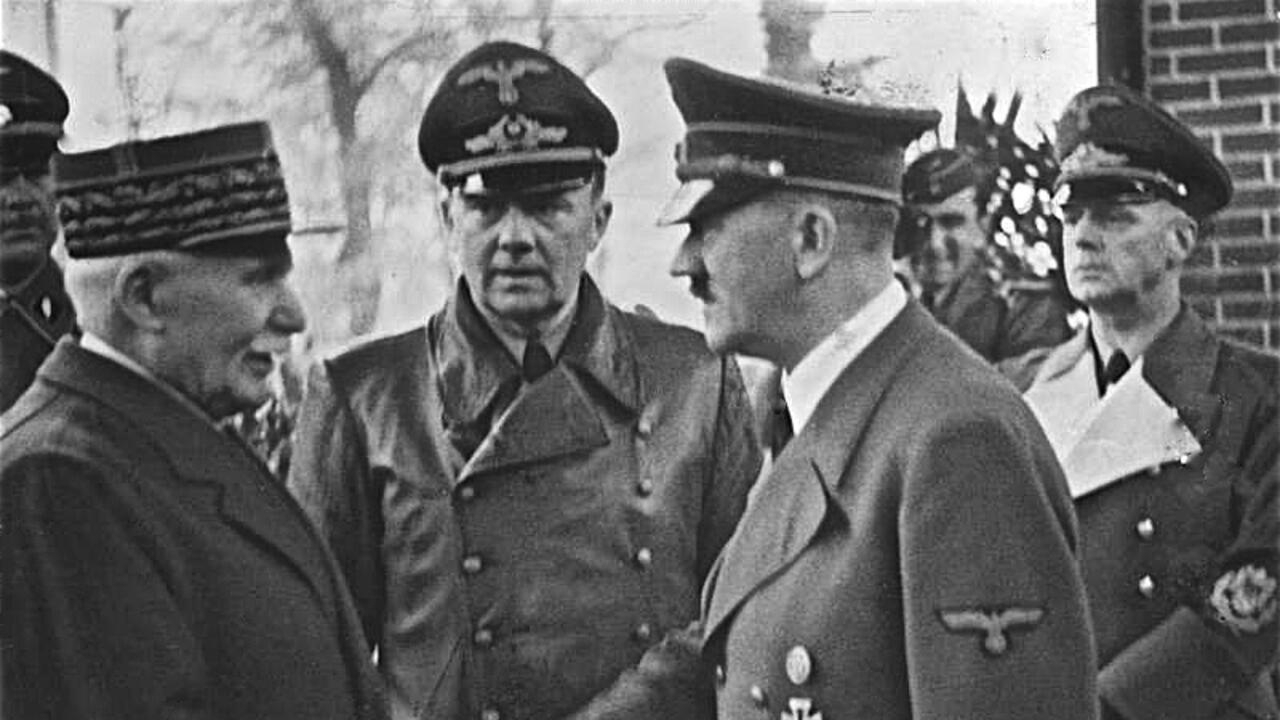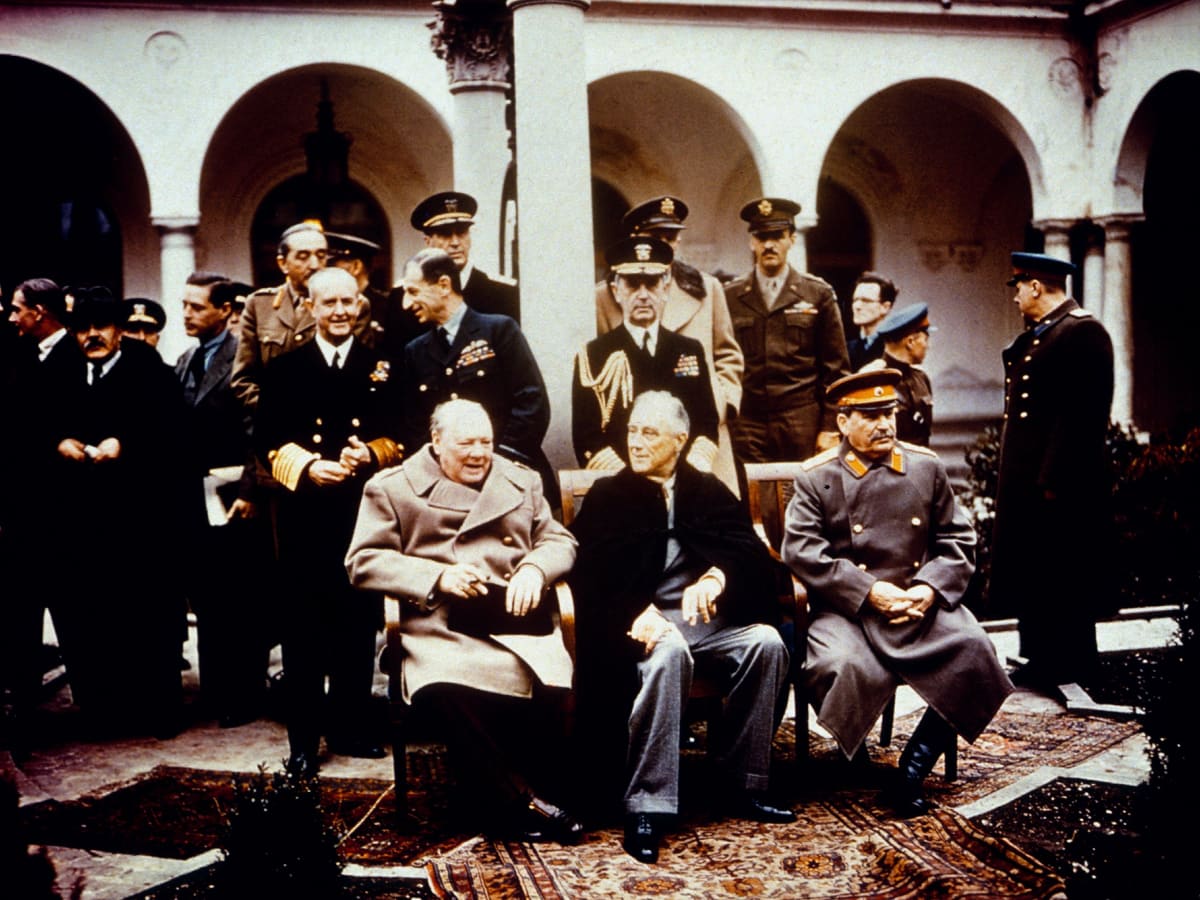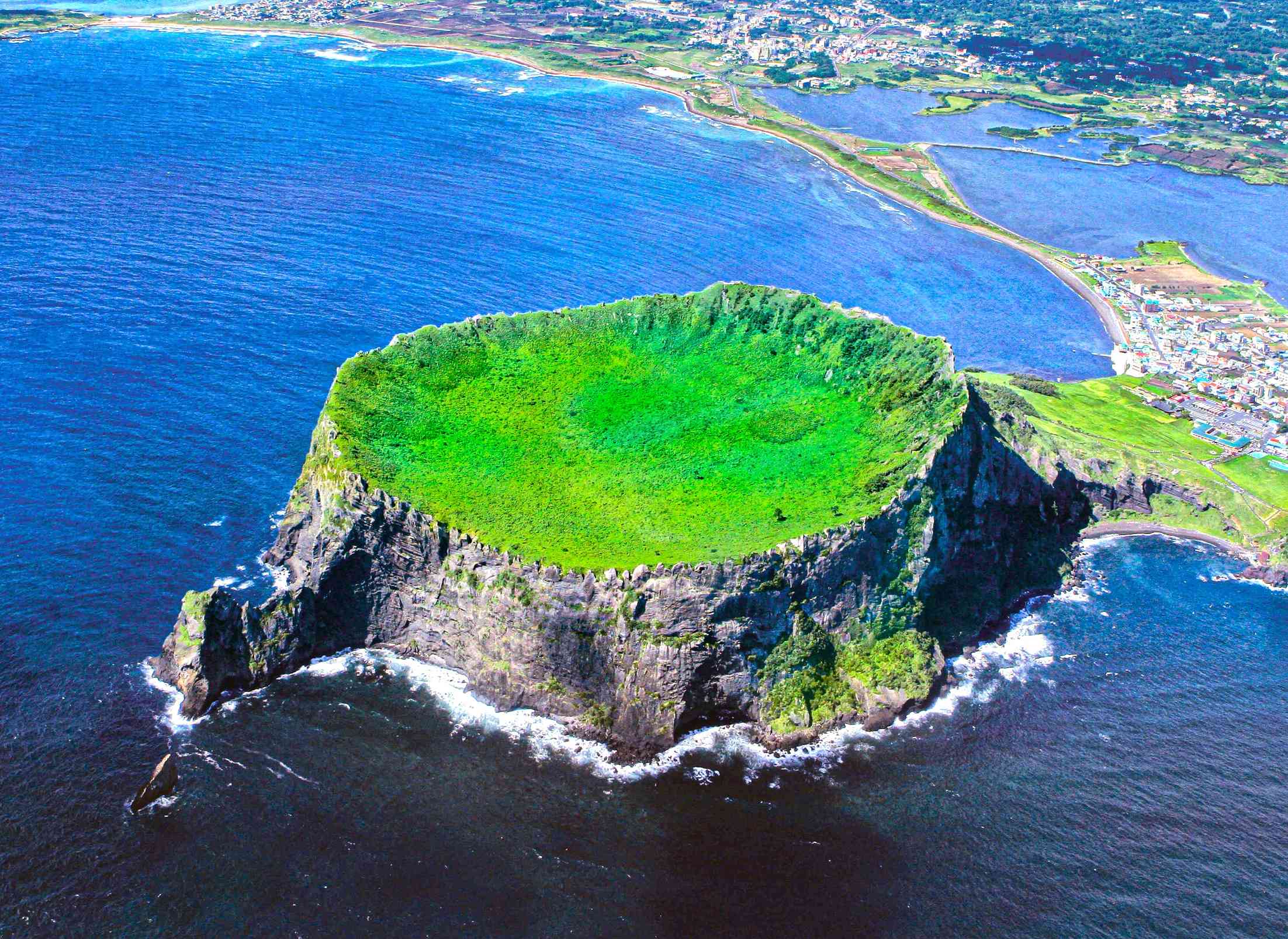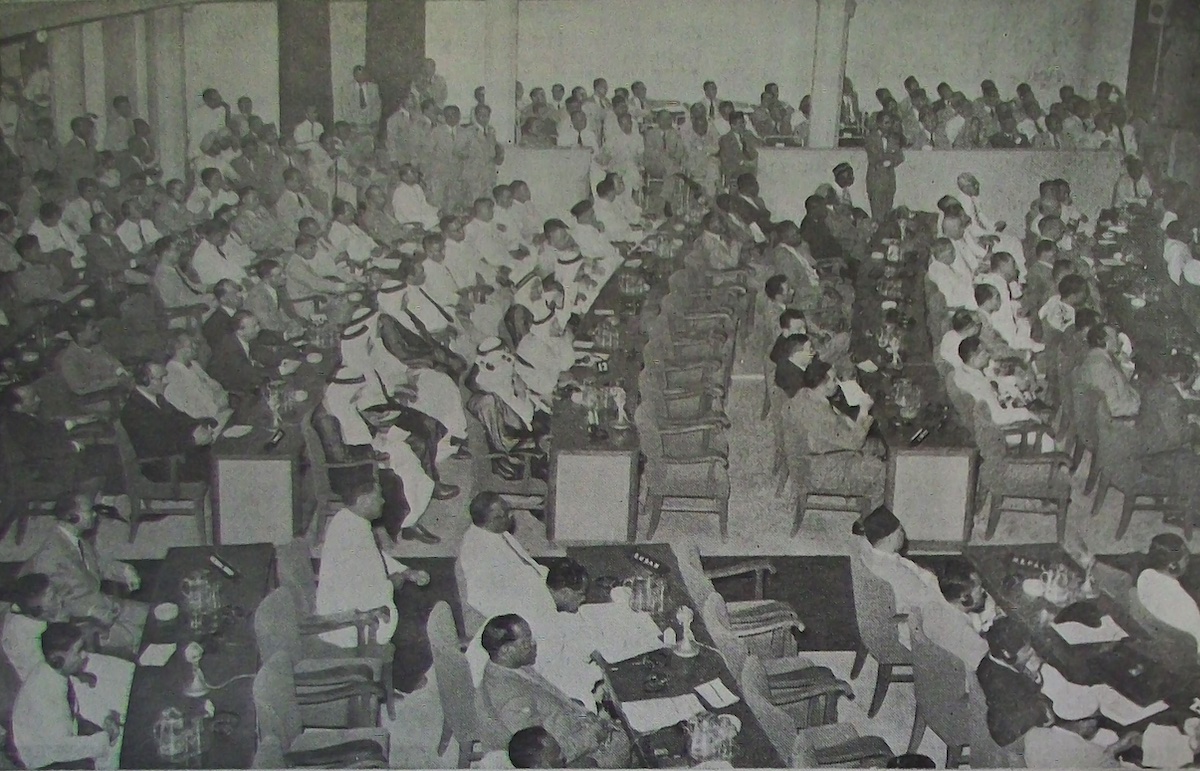When Japan expanded its empire in 1910, it seized Korea. The Allies retook control of Korea in 1945, and by 1948, the peninsula had been split in two for the purposes of occupation. The 38th parallel represents the boundary line. The north was held by the Soviet Union, and the south by the United States. As a consequence of the split, two states with diametrically opposed cultures and ideologies were formed. On June 25, 1950, at the beginning of the Cold War, the leadership of North Korea resolved to invade South Korea with an army of nearly 200,000 troops. It was the first major international combat to occur following World War II, and it included the participation of 16 member states of the United Nations, headed by the United States, and the People’s Republic of China. An armistice was signed on July 17, 1953, bringing an end to the conflict three years later. As of yet, no peace treaty has been signed between the two Koreas.
The causes of the Korean War
Japan has been a colonial power on the Korean peninsula (northeast of China) since 1910. In 1945, as World War II was winding down and the Allies were starting to prepare for the post-war period, the USSR and the United States agreed on a separate liberation of Korea. As for the dividing line, they decided on the 38th parallel. It was the Soviets that freed North Korea, while the Americans freed South Korea. The Yalta Conference was the venue for this split.
Temporary elections were to be conducted to create a Korean national government, and the two halves of the country were to be reunited thereafter. Despite the United Nations setting up a committee to oversee the situation, these democratic elections failed because of the rising tensions between the two superpowers during the Cold War. Both north and south of the 38th parallel are home to countries with radically different political philosophies:
- North Korea, known as the Democratic People’s Republic of Korea (DPRK), is governed by the communist Kim Il-sung from the city of Pyongyang.
- South Korea, known as the Republic of Korea (ROK), has its capital in the city of Seoul. The United States backs this regime, which is led by authoritarian nationalist Syngman Rhee.
Reunification was a goal shared by both Koreas, but each approached it from a different ideological perspective. The 1948 free elections and subsequent reunification talks all ended in failure. Along the 38th parallel, border incidents have also been rising. On June 25, 1950, North Korean soldiers invaded South Korea, sparking the outbreak of war.
The different phases of the Korean War
Beginning in June 1950 and ending in July 1953, the Korean War may be roughly split into four time periods:
- A North Korean invasion (June to September 1950)
On June 25, 1950, the war broke out when North Korean forces invaded South Korean territory over the 38th parallel. In this case, the South Korean forces were caught completely off guard. They were outmatched and easily routed due to their low numbers and lack of resources. The communists made rapid progress. They had 90% of South Korea under their control by September 14. Only the southernmost portion of the peninsula, known as the Pusan Pocket, put up any kind of resistance.
- The South Korean counter-offensive supported by the UN (September to November 1950)
Using the Soviet Union’s absence as an excuse, the United States quickly approved Resolution 83 in the United Nations Security Council after the invasion had begun. This resolution officially allowed international action and denounced the invasion. America’s Pacific War hero, General Douglas MacArthur, was given leadership of the allied troops. Because of his arrival in Incheon, the communists were caught off guard.
Operation Chromite was the codename for this mission. The event was a huge success. The North Korean military was encircled and its supply routes severed. One by one, South Korean towns fell to UN troops, and on October 1st, they crossed the 38th parallel. Finally, toward the end of October 1950, United Nations soldiers crossed the Yalu River into Chinese territory. There was now a significant shift in the balance of power.
- The Chinese intervention (November 1950 to March 1951)
On October 31, 1950, with the United States’ occupation of North Korea nearing completion and the Chinese border in sight, Mao Zedong’s Communist China decided to interfere covertly by deploying General Peng Dehuai and the “Chinese People’s Volunteer Army.” From 1950 to 1953, the North Koreans were aided in their fight by about 1.7 million Chinese troops.
The United Nations forces were unable to hold their ground and were forced to retreat north of the 38th parallel. In January 1951, Chinese armies invaded South Korea and captured the capital city of Seoul. General MacArthur seriously contemplated dropping atomic bombs on China’s Manchuria and North Korea. But on April 11, 1951, President Truman relieved him of his duties on April 11, 1951.
- The stalemate and the return to the status quo (March 1951 to July 1953)
An American general who is more lenient than MacArthur was appointed to take his position. The battle leveled out in the spring of 1951, and the UN troops made slow but steady gains. The front has settled down close to the pre-war line at latitude 38. In the summer of 1951, talks began with the goal of ending the war and restoring the situation to how it was before the fighting broke out. An agreement was not achieved until July of 1953.
Who won the Korean War?
The Korean War ended with no clear victor. Not only did no reunion take place, but the boundaries also did not change. In June 1950, a full year after the start of hostilities, negotiations were finally launched. The ceasefire wasn’t signed, however, until after Stalin’s death in March 1953 and a subsequent shift in Soviet policy. On July 27, 1953, the two sides signed an armistice that effectively ended the war and returned the situation to its pre-conflict state. Since no armistice has been reached, the conflict is still technically ongoing.
How many people died in the Korean War?
The lack of access to North Korean and Chinese data makes it exceptionally difficult to determine the number of combat dead. One million soldiers died and another 2.5 million civilians did as well, according to estimates. This was the biggest human disaster that had ever occurred in Korea. The nation was in ruins and between 3 and 5 million people had died.
The casualties were greatest (520,000) in the North Korean army, followed by the casualties (200,000) in the Chinese army. There were 147,000 casualties in the South Korean armed forces on the Western side, and 55,000 casualties among the foreign troops, most of them Americans. Furthermore, 315 Soviet citizens lost their lives. However, civilians are almost always the conflict’s first casualties. Over two and three million innocent people lost their lives because of the conflict.
What were the results of the Korean War?
In July of 1953, the 38th parallel that had been used to divide Korea before the war was reinstated. The status quo was restored after three years of conflict, three million casualties, and a large financial investment. This war demonstrated how evenly matched the Eastern and Western blocs were at the height of the Cold War.
Starting in 1955, the Soviet Union and the United States used the Vietnam War as a platform to once again challenge each other’s beliefs while avoiding direct warfare. Because of the Korean War, McCarthyism also emerged as a political movement. The USA conducted a nationwide “witch hunt” during that time to root out Communists.
Border incidents between North and South Korea continue unabated despite the peace. The leaders of the two Koreas didn’t meet for the first time until June 13, 2000, and then again in 2007. There was an effort made at both summits to advance peace and maybe reunification on the Korean peninsula.
But the North Korean nuclear missile crisis in 2013 sparked renewed fighting. Kim Jong-Un, leader of North Korea, and Moon Jae-In, president of South Korea, met for a third time in 2018. This came after a period of heightened tension on both sides. As a consequence of this third meeting, the Panmunjom Declaration was signed, with both leaders pledging to sign a peace treaty later that year to formally end the Korean War. No one has ever signed this.
TIMELINE OF THE KOREAN WAR
August 22, 1910: Annexation of Korea by Japan
Since 1905, Korea has been under Japanese rule, and on August 22, 1910, Japan formally conquered Korea. The Joseon dynasty was ended by this treaty, and the brutality of Japanese rule, particularly against the rebels, is well-documented.
While the Japanese occupied Korea, the country advanced thanks to the use of Japanese technology in industry and agriculture and the free availability of a local work force. It wasn’t until the United States defeated Japan in 1945 that this oppression finally ceased.
August 15, 1948: Proclamation of the Republic of Korea
After more than 30 years of Japanese rule, Korea was liberated by the Allies and split in half in 1945. Supported by the United States, South Korea declared independence and established the Republic of Korea on August 15, 1948, with Seoul as its capital.
With help from the Soviet Union, North Korea transformed into the communist Democratic People’s Republic of Korea, with its capital located in Pyongyang. As a result of these tensions, the Korean War began in June of 1950.
The Korean War officially started on June 25, 1950
South Korea, a Western ally, was attacked by North Korea on June 25, 1950. U.S. President Harry Truman called a meeting of the United Nations Security Council. Without the Soviet Union to oppose him, the council appointed General Douglas MacArthur to rule the conquered provinces in the south. China has provided unofficial aid to North Korea. Millions of individuals lost their lives throughout the three years (1950–1953) that the Korean War lasted.
28 September 1950: The UN recaptured Seoul
The UN counter-offensive quickly advanced to capture Seoul, turning the tide of the Korean War after the UN had encountered significant resistance at Pusan (Busan). The North Koreans were forced to withdraw until the United Nations forces, led by MacArthur, had captured almost all of the country. Nonetheless, the arrival of Chinese guerilla fighters once again shifted the course of the conflict.
November 7, 1950: The first combat in history between two jet aircraft
Two “next-gen” fighter jets engaged in a dogfight for the first time. Over Sinuiju, Korea, an American F-80 was able to shoot down a Chinese MiG-15.
April 11, 1951: MacArthur was relieved of his duties
President of the United States Harry Truman fired General Douglas MacArthur. MacArthur, who was in charge of the South Korean military, was a vocal opponent of the government’s policies. He used heavy artillery to drive the Chinese out and unite the nation.
He dropped bombs on the dividing line between China and North Korea and pondered dropping nuclear bombs. MacArthur’s assault spelled the end of his military career, despite his widespread acclaim, and Truman’s preference for a temporary solution.
July 10, 1951: Negotiations began in Korea
Peace talks between North Korea, China, and the UN begun at Kaesong. A prisoner exchange was a sticking point in negotiations over the terms of an armistice. The line of demarcation between the two sides was the 38th parallel. After the issue of detainees was settled, the conflict that had been going on since June 1950 finally came to an end. On July 27, 1953, at Pan Mun Jom, the two sides signed an armistice.
October 31, 1951: Chinese volunteers intervene in Korea
China engaged in an unofficial capacity via its volunteers as the UN soldiers advanced deep into North Korean territory. After 20 years of civil war and Sino-Japanese conflict, the Korean people were mentally and physically prepared to reclaim Seoul. Massive bombardment and a plan to invade China were the United States’ responses. The conflict eventually stalled near the 38th parallel, and MacArthur was relieved of his responsibilities.
July 27, 1953: End of the Korean War
The Panmunjom armistice was signed by the parties involved in the Korean War: South Korea, the United Nations troops, North Korea, and China. The demilitarized zone created by the accord split the Korean peninsula down the middle at the 38th parallel. Between one and three million people were killed or went missing throughout the war’s three years, and it all ended up being for nothing.
Bibliography:
- Wells, Samuel (23 June 2020). “Korea and the Fear of World War III”. Wilson Center.
- Stuecker, William (2004). Korean War: World History. University Press of Kentucky. pp. 102–103.
- Edwards, Paul M. (2006). Korean War Almanac. Almanacs of American wars. New York: Infobase Publishing. p. 528. ISBN 978-0816074679.
- Weintraub, Stanley (2000). MacArthur’s War: Korea and the Undoing of an American Hero. New York: Simon & Schuster. pp. 157–58. ISBN 978-0684834191.
- Oberdorfer, Don; Carlin, Robert (2014). The Two Koreas: A Contemporary History. Basic Books. p. 181. ISBN 978-0465031238.
- Panikkar, Kavalam Madhava (1981). In Two Chinas: Memoirs of a Diplomat. Hyperion Press. ISBN 978-0830500130.
- Truman, Harry S (1955–1956). Memoirs (2 volumes). Vol. II. Doubleday. 394–395. ISBN 978-1568520629.


